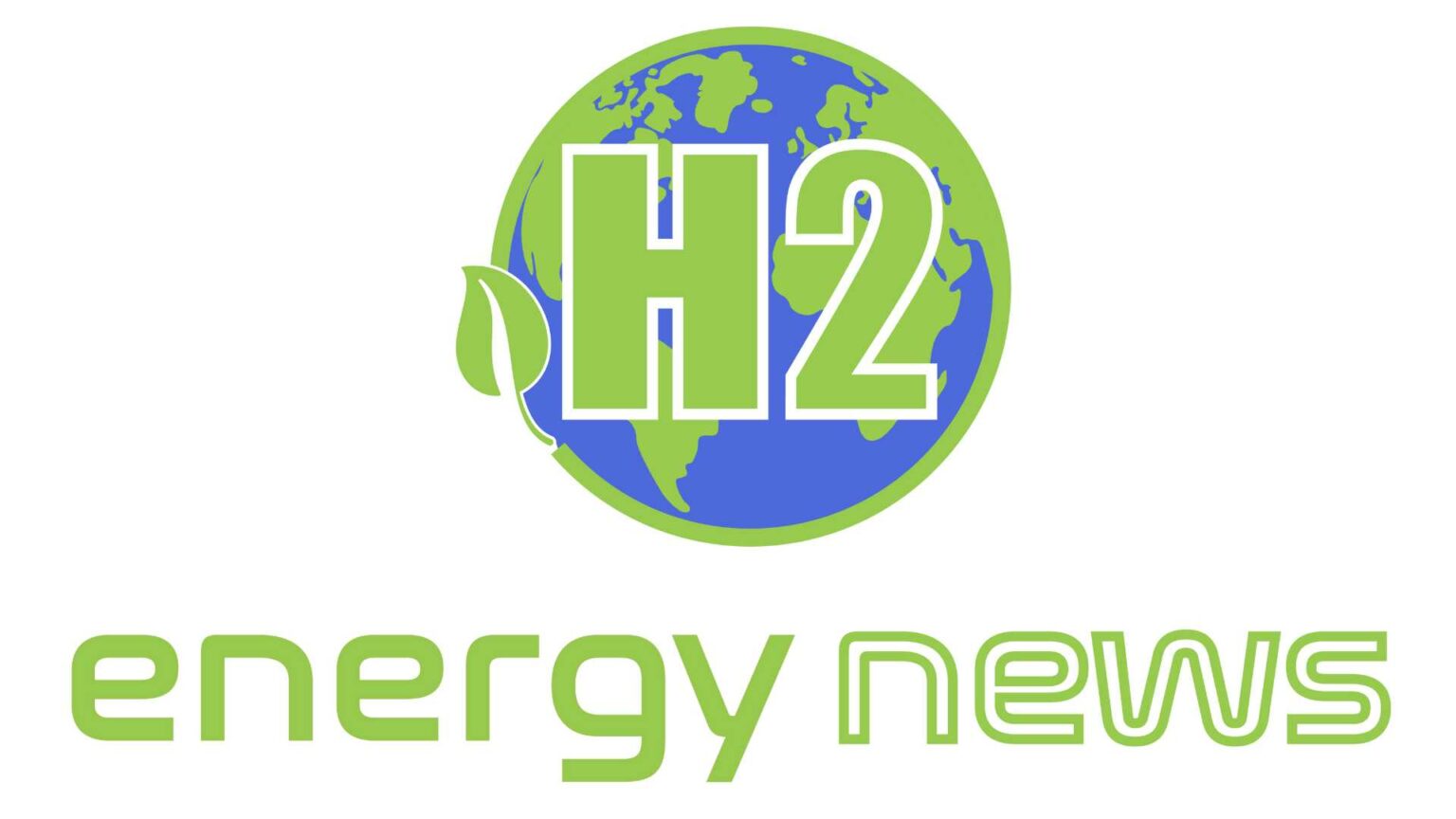TU Delft subsidiary VSParticle has devised a cheaper, more sustainable, and simpler electro-catalytic membrane manufacturing process, which is at the heart of green hydrogen generation. Other industries might benefit from the technique.
Electrolysis splits water into hydrogen and oxygen using electro-catalytic membranes. Nanoparticles on a foil form the membranes. For more than fifty years, the same seven process stages have been used to make these membranes. According to Aaike van Vugt, CEO of VSParticle, this can be done more efficiently and easily. “Each stage adds to the cost and raises the risk of a manufacturing mishap. Furthermore, the procedure necessitates a large number of hazardous liquids and chemicals, making it much more complicated. And you rely on iridium, one of the rarest and most valuable materials on the planet.”
nano-printing
Van Vugt spent seven years developing the Nanoprinter, which makes nanoparticle manufacturing cleaner, cheaper, and much faster. He compares it to an inkjet printer, which can produce hundreds of colors using only four primary colors. “The Nanoprinter can combine and transform 62 basic elements like zinc, aluminum, and titanium into virtually infinite compounds.” Convert them into nanoparticles as well. Other kinds of electrolysis, such as converting collected CO 2 into new building blocks for the chemical sector, are also viable because of this versatility.”
From logistics to healthcare, the technology provides prospects for long-term sustainability. “Consider more environmentally friendly aviation fuel. Or a smartphone with a super-sensitive sensor that examines your breath for pathogens.” The breakthrough might also aid in the conversion of CO2 into methanol, another environmentally-friendly transportation fuel.
Shift in paradigm
Van Vugt believes we are on the verge of a paradigm revolution. “In materials, we can construct smaller and smaller structures.” This allows computer chips to be much smaller, stronger, and quicker. Different physical principles apply to such intricate material formations,” he explains. “You’re discussing quantum physics, in which material characteristics change exponentially.”
This velocity of change has the ability to help solve problems like climate change. “The Earth is warming faster than we can currently produce green hydrogen in large quantities.” The Nanoprinter tackles this challenge by cutting nanoparticle formation time from years to days or even hours, and drastically lowering the quantity of iridium needed. also reduces the cost of production.”
Improve research efficiency
With the existing chemical approach for producing electro-catalytic membranes, these speed and cost benefits are difficult to attain. “Chemistry is like making tomato soup,” Van Vugt says. “For the best results, you must carefully measure all of the components and add them at the correct moment. The synthesis is disrupted by a slight error. Because the particles are so minute, the chances of making a mistake are quite great. Making the appropriate nanoparticle takes months.” That procedure is automated with the Nanoprinter. “With a single button press, you always get the same outcome in a few hours.” It is accessible to everyone. This relaxes researchers and helps us to significantly speed up sustainable development.”
Iridium is much scarcer
Differ (Dutch Institute for Fundamental Energy Research) offered knowledge and initial testing of the idea and was blown away by the outcome. “We thought it was nearly impossible to minimize the quantity of iridium required to generate hydrogen,” says Mikhail Tsampas, the study group’s head. He was exploring new techniques for producing materials when he met Van Vugt. “After a few experiments, we discovered that VSParticle’s technique requires far less iridium to get the same outcome.” To get hydrogen on the market in the first place, this decrease is required. Hydrogen is now costly because of the amount of iridium required.”
There are no waste streams
Tsampas believes that no additional chemicals are required for the production of electro-catalytic membranes. “The printer runs purely on wind-powered electrodes,” Van Vugt explains. “As a result, there is no toxic waste flow associated with membrane manufacture.” “This VSParticle minimizes the CO 2 footprint of hydrogen generation,” says Tsampas. The procedure is also several times faster than the existing way because it is totally automated. It lowers the number of catalyst synthesis processes to a single button press.”





